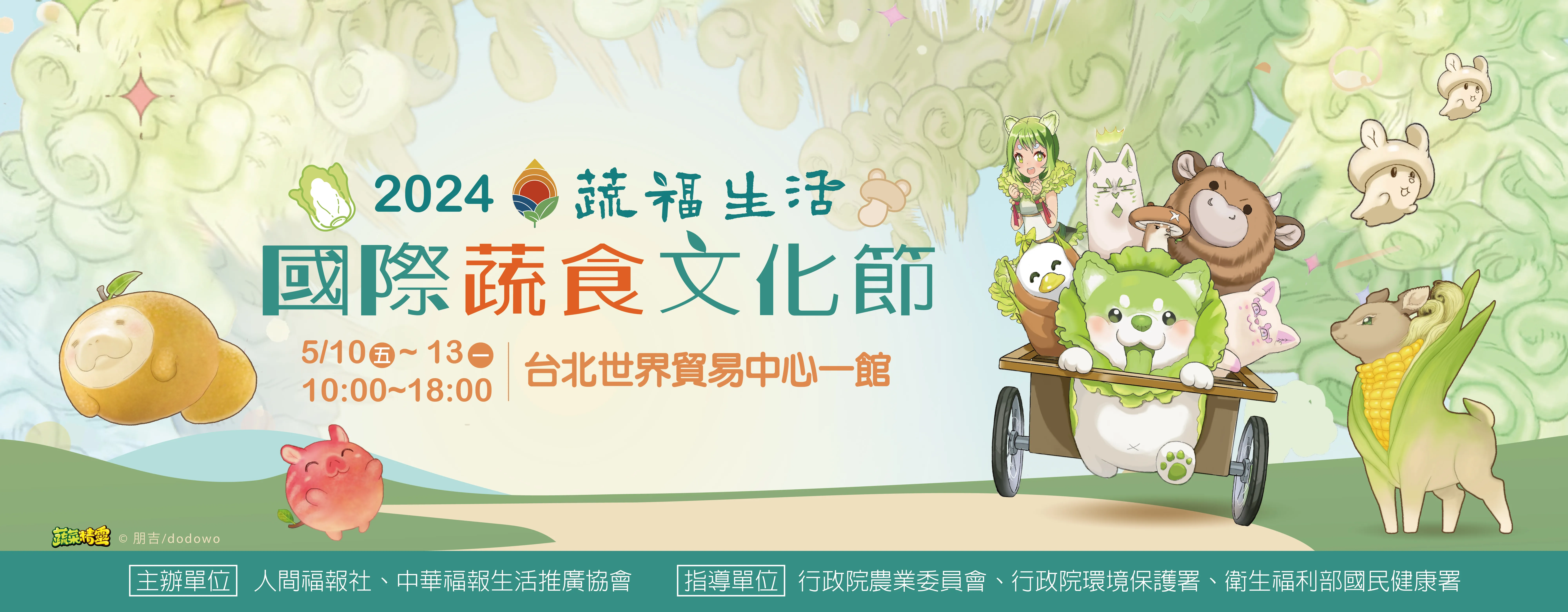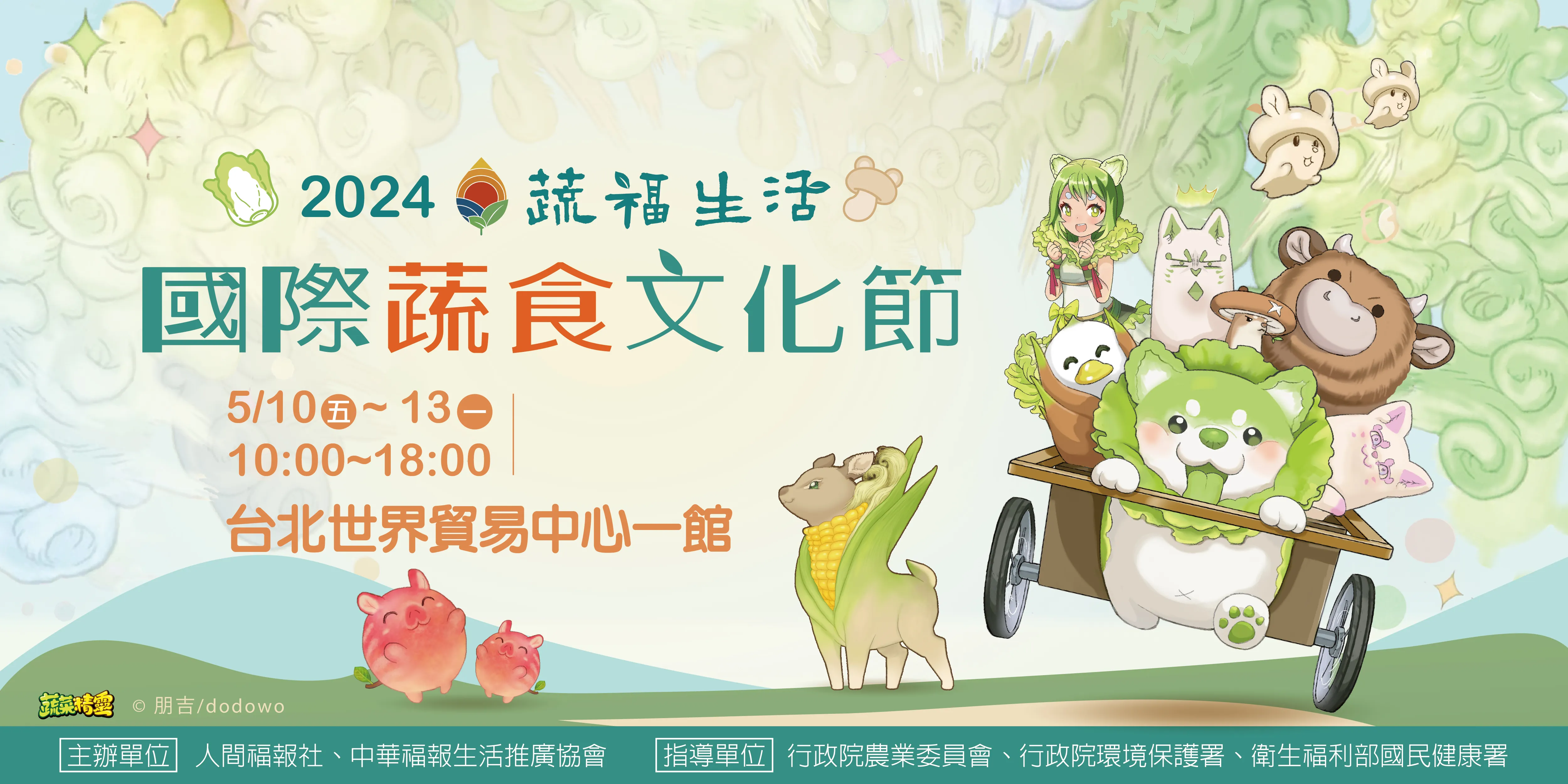


| 出土地點: | 清朝初期 (西元1643-1796) |
| 尺寸: | 高度:約63.5 cm 長度:約29 cm 寬度:約21.5 cm 重量:9,059.5 g |
| 質地: | 銅鎏金 |
| 數量: | 1 |
法像整體頭部比例稍大,身形沉穩端正,承襲明朝遺風。法像髮冠線條精細鏤空,臉型較寬但具女性特徵、耳垂長,著通肩大衣,右手向上掌心向外、左手向下掌心向外,施無畏印,露雙足,腳踩蓮花座,蓮花座蓮瓣圓潤無頂部凸出,U型內蓮瓣、只有一圈內圈,是標準清朝時期之蓮瓣特徵。底座可開啟裝藏,底座中央刻有十字金剛杵。
The overall proportion of the deity's head is slightly larger, and the body exhibits a serene and dignified posture, inheriting the artistic legacy of the Ming Dynasty. The fine craftsmanship is evident in the detailed and intricately hollowed-out hair ornaments. The face has a broader yet distinctly feminine appearance, with elongated earlobes. The figure is adorned in a flowing shoulder robe. The right hand is raised with the palm facing outward, while the left hand is lowered with the palm also facing outward, forming the gesture of the "Fearless Mudra" (abhaya mudra). The deity is depicted standing on a lotus pedestal, with both feet exposed. The lotus pedestal features smooth and rounded petals without a raised top, with U-shaped inner petals forming a single inner circle. This design element is typical of lotus pedestals from the Qing Dynasty period. The base of the statue can be opened for storing objects and bears an engraved central design of a crossed vajra club.
整件胎體有銅胎之氧化效應,與明朝銅鎏金相比,胎體微輕,也和現代較死沉的銅胎不同,鎏金色澤較黃亮,是清朝初、中期標準的鎏金方式。此件鑄造方式是標準中、大型脫蠟法,局部有沙孔,紋飾細膩,與現代用鑄造範沙法製作,光身或紋飾較少的製作方式截然不同。
The entire bronze body has undergone oxidation, giving it an antique appearance. Compared to the gilding technique used during the Ming Dynasty, the Qing Dynasty gilding exhibits a slightly lighter body. The gilding itself appears brighter and more yellow, following the standard technique prevalent during the early to mid-Qing Dynasty. The statue was created using the standard medium to large-scale lost-wax casting method. There are occasional sand inclusions in localized areas, while the overall design displays exquisite detailing. This casting method differs significantly from the modern sand casting techniques used for simpler or less adorned pieces.
法像左手和底部帶標準清朝初期的銅綠,髮冠、手部、袈裟和蓮花座部分有因年代久遠鎏金脫落之痕跡,部分有經過刷清朝時期泥金進行修復的痕跡。法像底座上方有「大明永樂年施」脫蠟法印款,經查證明朝永樂時期以陰刻款為多,且清朝初期法像方開始有藏、漢融合之情況。
The left hand and the base of the statue display the characteristic copper-green patina associated with the early Qing Dynasty. Some areas, such as the hair ornaments, hands, robe, and lotus pedestal, show traces of gilding loss due to age, with evidence of restoration work using Qing Dynasty-era clay-gold application. Above the base of the statue, there is an impressed wax seal inscription that reads "大明永樂年施" (Made during the Yongle Reign of the Great Ming Dynasty). It's noteworthy that while the Yongle period of the Ming Dynasty predominantly used intaglio inscriptions, the early Qing Dynasty witnessed a fusion of Tibetan and Han styles in statues.

